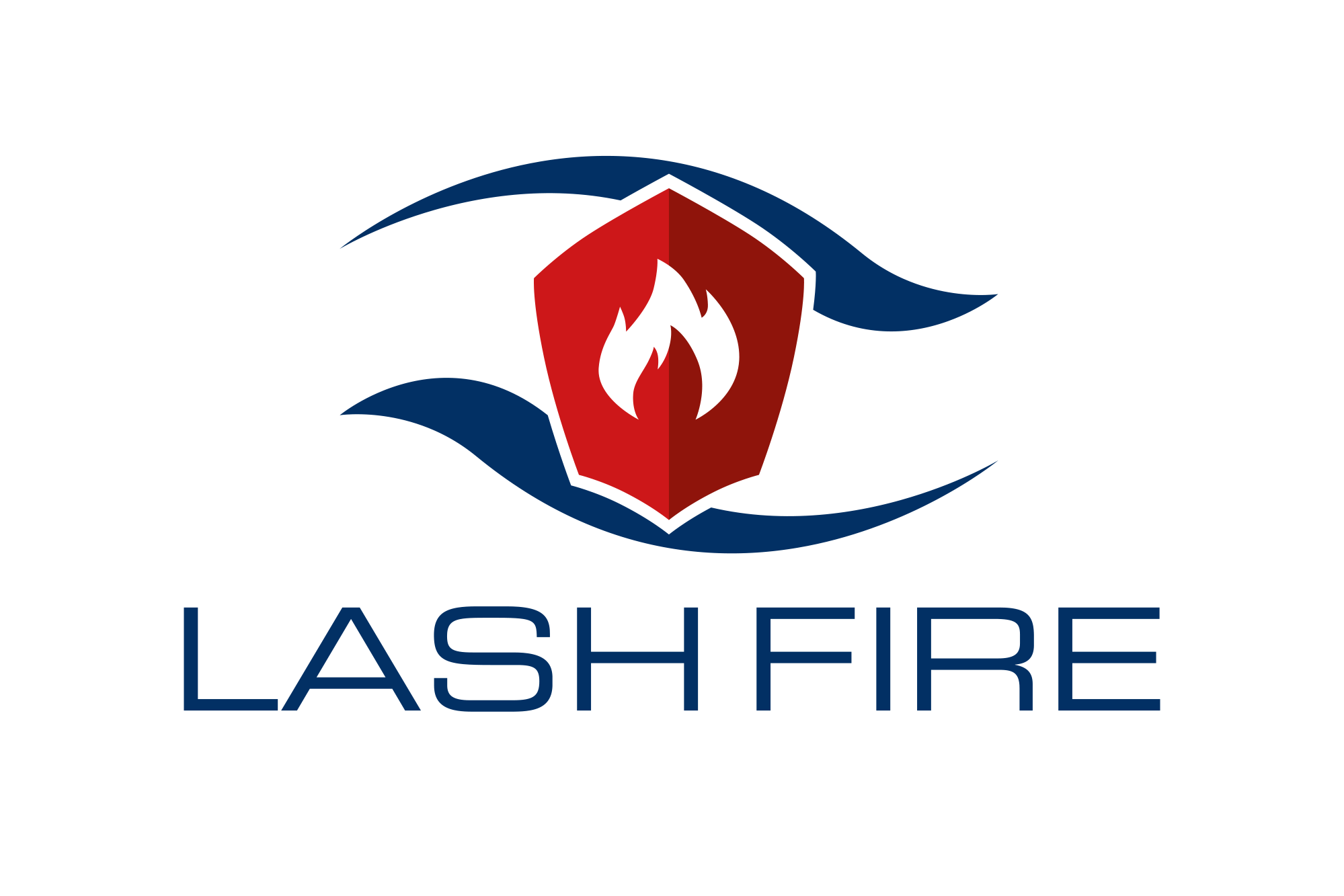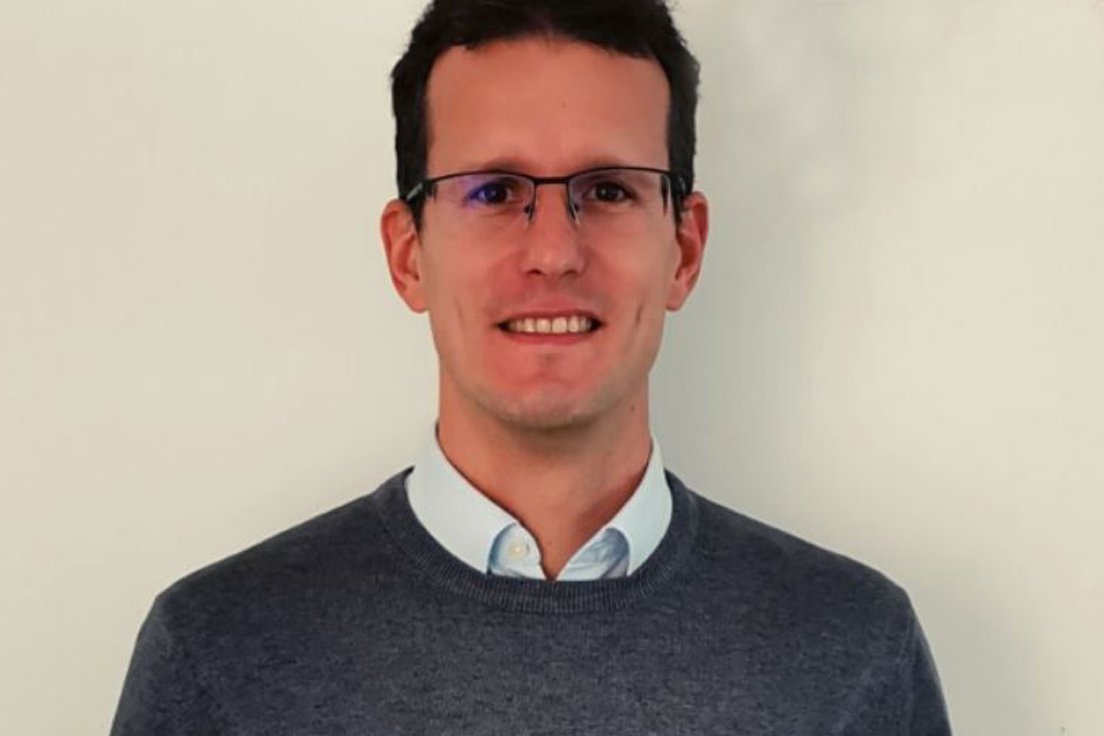Meet the partners is a series of interviews with the LASH FIRE partners who present core of the project. We ask the partners about their expertise, expectations from the project and anything we want to know about fire safety.
For the second interview of Meet the Partners, we talk to Vito Radolović, Senior Designer at FLOW Design.
1. What are the areas of competence of FLOW ship design?
-
Flow ship design is an independent ship design company. The main company activity is ship design of various types of vessels, covering all phases in the design process, as well as Research and Development, commissioning, engineering, and consultancy services to ship operators and shipyards. The core of FLOW is the team of naval architects, mechanical and electrical engineers. With the total of 11 employees, having from 10 to 40 years experience in design and first hand production in built and delivered vessels of various types, FLOW ship design can deliver innovative design and engineering solutions.
2. In what way does FLOW contribute to LASH FIRE?
-
FLOW’s main role in the project is leading the Ship integration Work package (WP5). With a comprehensive ship design and production experience, we are providing relevant input to the Development and Demonstration WPs and will contribute to the technical and lifecycle cost assessment of the developed solution. Further, FLOW participates in WP8 contributing to the development of the safe electrical system solutions as well as fire risk assessment and establishment of requirements for combustible surfaces in ro-ro spaces.
3. How do the objectives of LASH FIRE fit with your FLOW‘s flows?
-
FLOW’s objective is to deliver innovative designs in close cooperation with the customers, which are mainly ship operators and shipyards. The designs that FLOW provides shall, of course, fulfil all the administrations requirements. At LASHFIRE, the development of innovative solutions and impact on the regulatory, together with all relevant stake holders in the industry, flows perfectly with FLOW.
4. What is your specific role in FLOW and in LASH FIRE?
-
At FLOW, I am a senior designer, mainly working with concept and initial ship designs as well as leading the work at ongoing EU founded Research and development projects. The R&D work is focused on the use of lightweight material for structural application on ro-ro ships, including the fire safety aspects.
At LASHFIRE, I am the leader of the Ship integration work package (WP5). Besides that, I contribute to the technical work related to the ship integration at WP5 and Fire requirements for new deck materials at WP8.
Sometimes this means that the shipowners will select a conservative design, rather than new, innovative solution if not required by the authorities.
However, the ship designs will be very different by 2050, and I believe that the ship operators will be more open to innovative solutions on one side, and that the authorities will allow a smooth implementation of innovative solutions.
5. What was your experience with maritime fire safety projects before LASH FIRE or what are your expectations if this is the first maritime fire safety project you participate in?
-
I have worked on a commercial project of a vehicle carrier structural design where composite materials were introduced for fixed cargo decks. For this specific design, a fire safety assessment according to SOLAS prescriptive rules for alternative design has been performed, carried out together with RISE. The main concern was the fire safety of such ”combustible” design, which was finally proven to be of equivalent safety compared to a conventional steel design. The vessel has been successfully delivered with the innovative solution implemented, where is currently used as base design for further development in the Horizon2020 project RAMSSES. LASHFIRE is going even further, assessing the whole range, which, in my opinion, will make the way for further improvements and implementation of innovative solutions on ro-ro vessels.
- 6. Why has DFDS ro-ro cargo vessel Magnolia Seaways been chosen as representative vessel for this ship type? By which criteria? What are the choices for ro-pax and vehicle carrier?
- The main driver for the selection of generic ships was primarily the arrangement of ro-ro cargo spaces, in addition to passenger and cargo capacity, gross tonnage and built date in comparison to statistical data of the world fleet. Finally, one generic ship per ship type has been selected, each operated by one LASHFIRE partner: The ro-pax Stena Flavia, DFDS’s ro-ro cargo Magnolia Seaways and Torrens, vehicle carrier operated by Wallenius & Wilhelmsen.
7. How exactly is the integration of developed solutions onboard ships implemented?
-
-
Before the actual (preferably onboard) implementation, a technical and cost assessment will be performed and the most promising solutions will be selected. For example, a safe electrical connection solution will be developed, and if the assessment results prove to be positive, a demonstrator will be integrated in the ships electrical system onboard a Stena Ro-Pax.
8. And what is the role of the cost assessment?
The cost assessment, as part of the Ship integration layer, will show the impact of the new solution on the ship’s lifecycle cost including all the relevant costs items, such as investment, operational and maintenance cost, benefits or eventual loss of revenue, etc. The results will be further used as input to the Formal safety assessment (FSA), a methodology using risk analysis and cost-effectiveness assessment which will then provide the final result of the cost-effectiveness of each solution or a combination of solutions.
9. How do you think the ship design can change until 2050?
Firstly, a big emphasis is on the environmental impact, use of alternative powering systems and autonomous sailing, not only on ships, but also on other vehicles. Along with that, the safety aspects have a significant impact on the rules and regulation through various requirements such as stability of the ship, redundancy of systems, etc.
All mentioned already have considerable influence on new ship designs, making the design process much more challenging, but also more exciting. Sometimes this means that the shipowners will select a conservative design, rather than new, innovative solution if not required by the authorities.
However, the ship designs will be very different by 2050, and I believe that the ship operators will be more open to innovative solutions on one side, and that the authorities will allow a smooth implementation of innovative solutions. I am also sure that LASHFIRE will have a significant impact, especially on the fire safety aspects.
-

